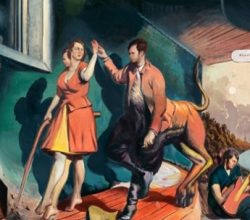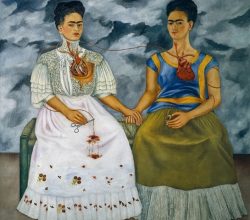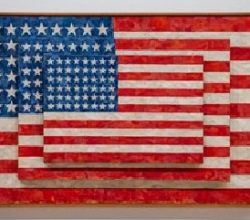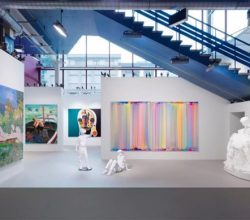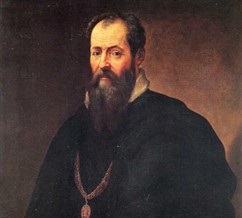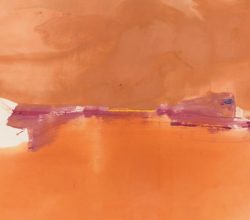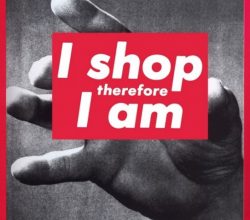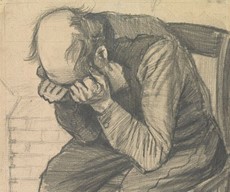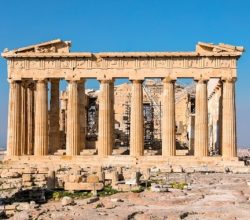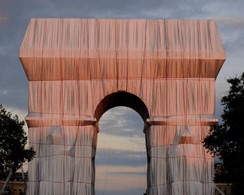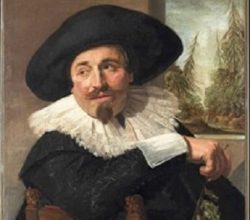
Frans Hals: The Male Portrait, review: pale, stale, male – and exhilarating
Alastair Sooke | The Telegraph | 16th September 2021
Hmm – a show exclusively of male portraits! The curatorial rationale is to celebrate the “astounding originality” of Baroque portraitist Hals and his masterpiece, The Laughing Cavalier. Done in 1624, the painting is a tour de force of vivid personality, showy fabrics and “27 [shades] of black”. Hals “revolutionized” portraiture with strategies that made his subjects “immediate, sparky, and natural”.

